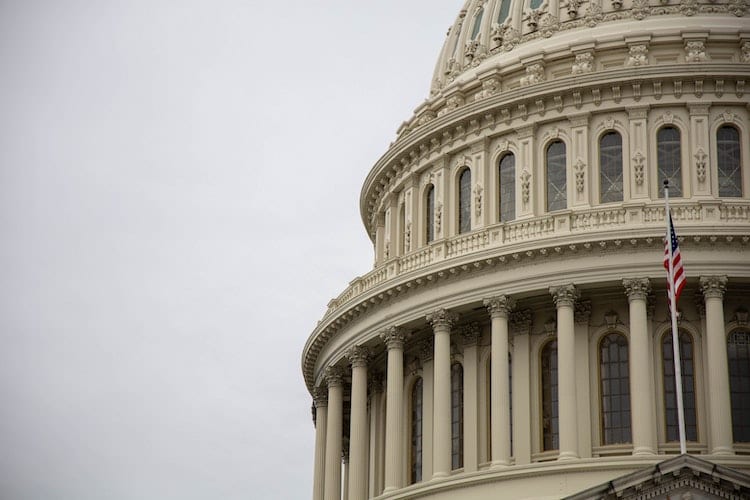What You Should Know About the New Stimulus Bill

On December 20th, Congress passed one of the largest bills in U.S. history, a $2.3 trillion omnibus that includes a $900 billion coronavirus relief package. After months of fruitless negotiations, lawmakers finally came to a compromise on stimulus, and President Donald J. Trump signed the bill into law a week later. But what’s in the bill, and perhaps more importantly, what isn’t?
Here’s what you should know about the bill, how it may impact you, and how these relief measures stack up to the CARES Act.
Second Stimulus Package
This bill is jam-packed with regulations, laws, and proposals – most of which have nothing to do with the coronavirus. A majority of the money appropriated by the bill, $1.4 trillion, is to fund the federal government and its endeavors. These are technically separate bills, the House even voted on them separately, but lawmakers combined the stimulus bill and the annual funding bill to move the process along quicker.
First and foremost, the bill does include a second round of stimulus checks.
However, checks will be for $600, slashed from the initial $1,200 relief payment.
On the bright side, these smaller checks should arrive far sooner than the initial round of payments. Treasury Secretary Steven Mnuchin told CNBC that the first payments could be sent out the week after Christmas. After all, the IRS has a lot less work to do this time.
Income requirements are the same as the first check. Those making less than $75,000 (or $150,000 for couples) will receive the full amount. Notably, this bill does include $600 payments per dependant under 17 years old, a small boost from the CARES Act’s $500 child bonus.
This stimulus bill also marks the return of federal unemployment supplements. The CARES Act promised an additional $600 per week, for a maximum of 39 weeks. As those protections have gradually expired this Fall, millions of unemployed Americans have called for further aid.
This new bill includes $300 in unemployment insurance for up to 11 weeks.
Direct payments account for $166 billion of the $900 billion bill. Unemployment benefits are worth another $120 billion. The last major component of the bill is a revival of the Paycheck Protection Program, introduced in the CARES Act to help stabilize small businesses and keep workers on the payroll. The PPP will receive an additional $284 billion in funding, plus another ~$40 billion for event venues and businesses in low-income communities.
What Does All of This Mean?
In addition to the three major relief angles of the bill, there are a number of smaller measures. Other miscellaneous spending includes around $25 billion in rental assistance and $13 billion in SNAP benefits. In addition, the bill allocates $70 billion toward public health and vaccine rollout, nearly $100 billion toward education, and $45 billion for transportation.
This bill is a win for Americans, but unfortunately, not substantial enough to handle the problems it seeks to solve.
For instance, $600 is not enough to cover one month of rent in virtually any state in the U.S.
Ideally, this bill would have included relief payments that could actually help struggling Americans make a dent in the bills they may have accrued since March. $600 hardly covers a month of groceries for a family of four. The money will certainly be useful and should help many people. But it is indisputably insignificant when considering the millions who have been unable to earn a living since March.
The Bottom Line
As mentioned above, this stimulus bill is far smaller than the CARES Act – less than half the size. The decision to go “skinny” on stimulus has received plenty of criticism, especially as the pandemic is raging worse than ever and the omnibus bill included hundreds of billions of miscellaneous spending and aid not directed toward helping Americans.
Ultimately, Congress getting anything done at all is something of a surprising success. Even earlier this month stimulus talks seemed dead in the water, and relief checks weren’t being seriously considered. However, passing a barebones relief bill nine months into one of the worst disasters in recent history doesn’t exactly warrant praise, especially when so many lawmakers seem out of touch with the struggles of everyday Americans.
Relief checks and unemployment boosts are coming, and soon, but many worry it may be too little, too late. On the bright side, President-Elect Joe Biden has indicated that he would be open to signing further stimulus when in office.









